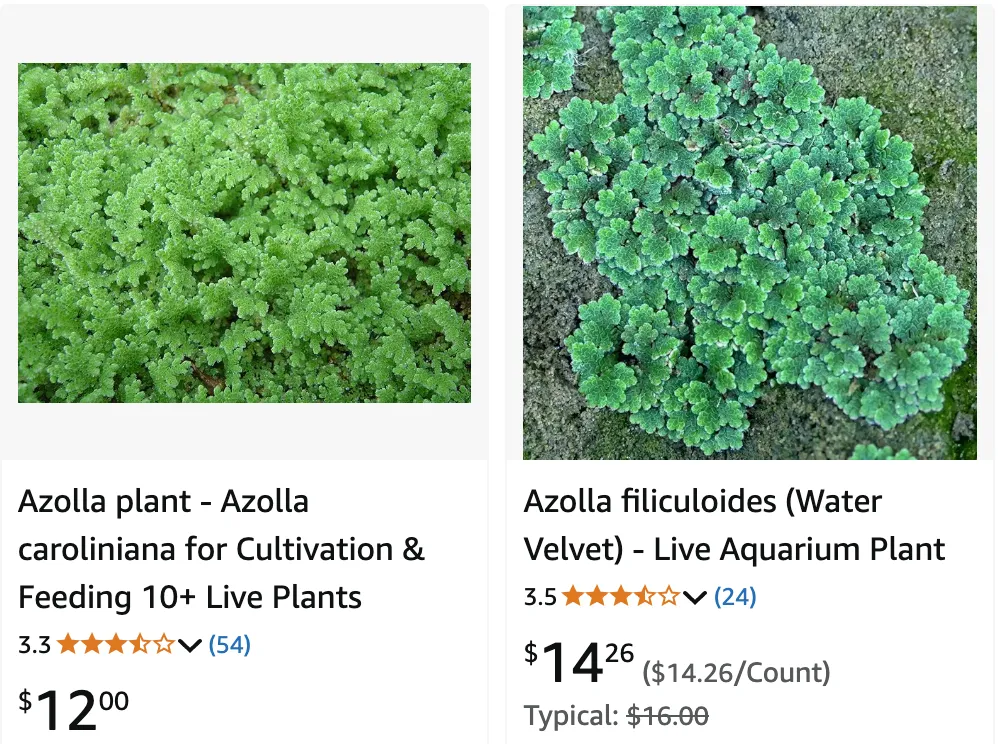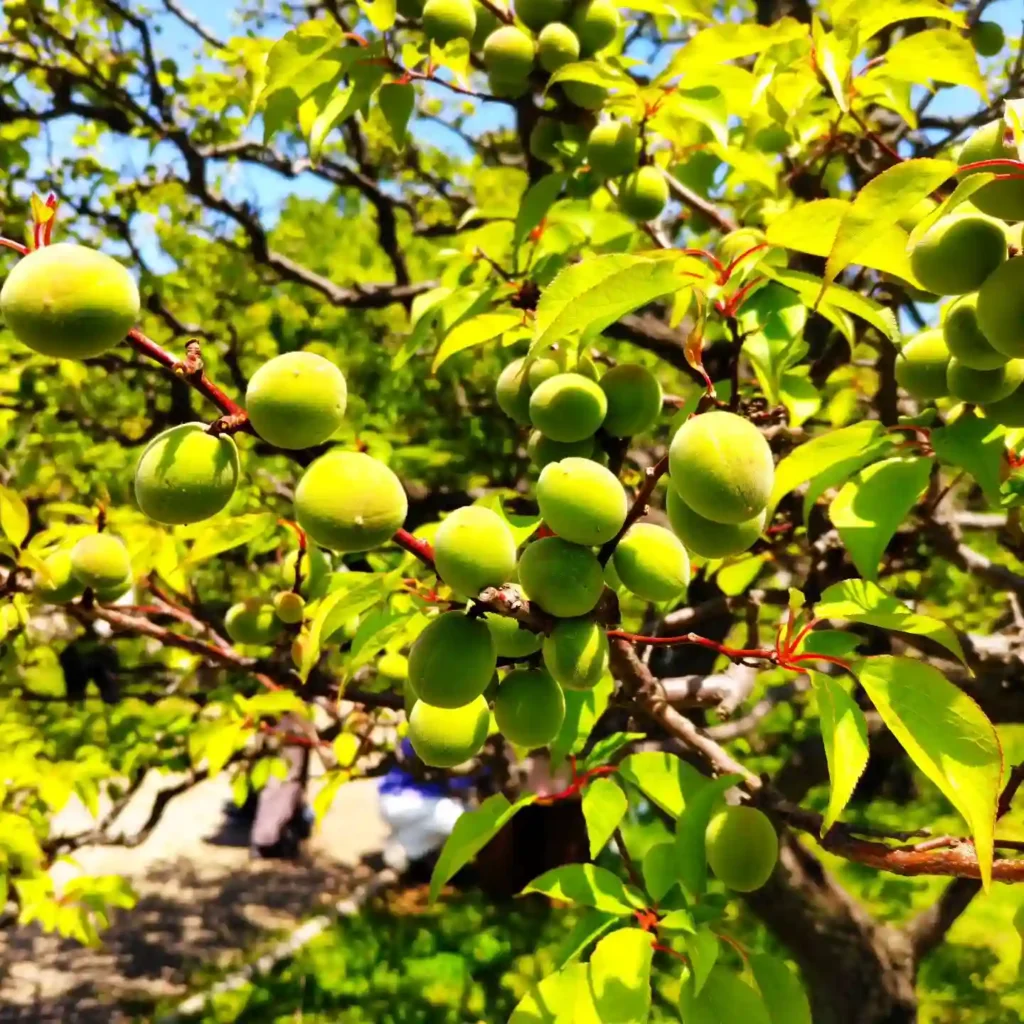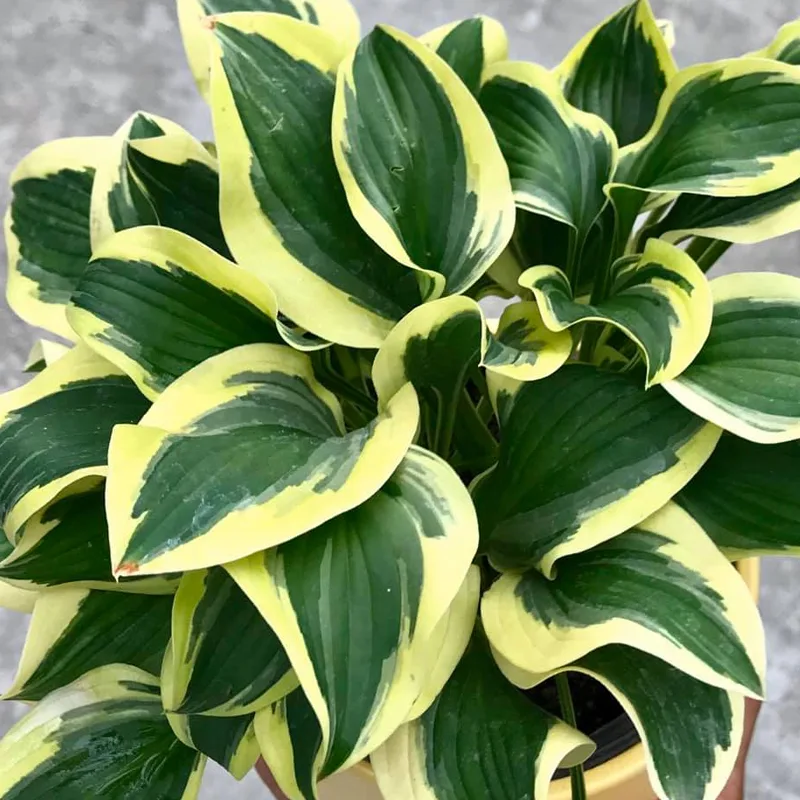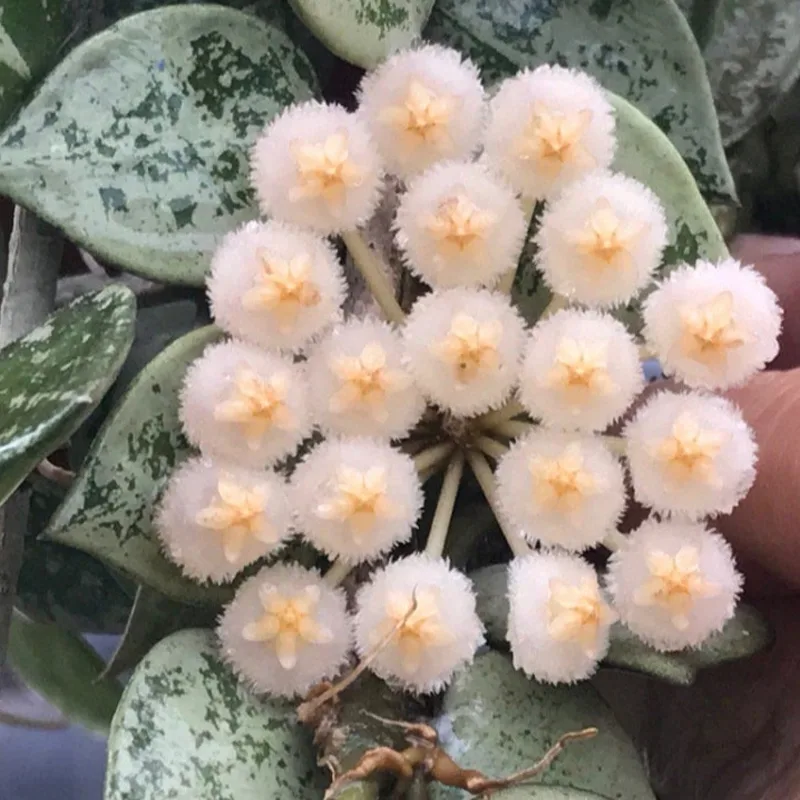
June 18 – Azolla
"Azolla, the water fern, represents June 18."
Azolla symbolizes adaptability and balance. You are resourceful and efficient, thriving in both challenges and calm waters. Like this plant, you create harmony wherever you grow.
The Amazing Azolla: A Tiny Fern with a Giant Impact
Hi, I’m Ferb Vu, and I’m fascinated by the Azolla genus. This group of aquatic ferns may be small, but they pack a powerful punch. Often overlooked, these tiny plants float on the water’s surface, resembling a delicate green carpet. But don’t let their unassuming appearance fool you. Azolla has a rich history and a promising future, with implications for everything from sustainable agriculture to combating climate change.
What is Azolla?
Azolla belong to the Salviniaceae family, is a genus of floating aquatic ferns, often called mosquito ferns, duckweed ferns, or fairy moss. These free-floating plants are incredibly small, with leaves that rarely exceed a few millimeters in length. They form symbiotic relationships with a nitrogen-fixing cyanobacteria called Anabaena azollae, which resides in specialized cavities within the fern’s leaves. This unique partnership allows Azolla to thrive in nitrogen-poor environments and makes it a valuable resource for various applications.
A Diverse Genus
While Azolla may appear uniform at first glance, it actually comprises several distinct species. Here’s a list of the currently recognized species within the Azolla genus:
- Azolla africana: This African native Azolla thrives in freshwater habitats and is known for its efficient nitrogen fixation.
- Azolla caroliniana: Found in the southeastern United States, this Azolla species forms dense floating mats and has distinctive reddish hues under sunlight.
- Azolla filiculoides: Widespread in temperate and tropical regions, this Azolla species is popular for its rapid growth and use in rice paddies as a biofertilizer. Plant FAQs: Azolla Filiculoides
- Azolla imbricata: Characterized by its compact, overlapping leaves, this species is commonly used for water purification in various aquatic systems.
- Azolla japonica: Native to East Asia, this Azolla species is valued for its adaptability and has been introduced to various countries as a green manure.
- Azolla nilotica: Native to the Nile region, this Azolla species provides habitat for small aquatic organisms and aids in water ecosystem health.
- Azolla pinnata: With feather-like fronds, this widespread Azolla species is often used as a natural fertilizer in Southeast Asian rice fields. Plant FAQs: Azolla Pinnata
- Azolla rubra: Common in New Zealand and Australia, this reddish-tinged Azolla is notable for its resilience in cooler climates and adaptability to various water bodies.
A History of Symbiosis
The relationship between Azolla and Anabaena azollae is truly remarkable. This symbiotic partnership has existed for millions of years, allowing the fern to thrive in diverse environments. The cyanobacteria provide the fern with a readily available source of nitrogen, while the fern offers the cyanobacteria a protected environment and essential nutrients. This mutually beneficial relationship is a testament to the power of symbiosis in the natural world.
Azolla’s Role in Agriculture
For centuries, farmers have recognized the value of Azolla as a natural fertilizer. Its ability to fix nitrogen makes it an excellent green manure, enriching the soil and enhancing crop growth. In rice paddies, Azolla is often grown as a companion plant, providing nitrogen to the rice while also suppressing weeds and reducing water evaporation. This sustainable agricultural practice has been used for generations in Asia and is gaining popularity in other parts of the world.
A Potential Weapon Against Climate Change
Beyond its agricultural applications, Azolla has also attracted attention for its potential role in mitigating climate change. Due to its rapid growth rate and ability to absorb large amounts of carbon dioxide, Azolla is being investigated as a means of carbon sequestration. Some researchers believe that cultivating Azolla on a large scale could help reduce atmospheric carbon dioxide levels and mitigate the effects of global warming.
The Future of Azolla
Azolla is a fascinating plant with immense potential. Its ability to fix nitrogen, sequester carbon, and provide a sustainable source of biofertilizer makes it a valuable resource in a world facing increasing environmental challenges. As research continues to uncover the full potential of this remarkable fern, we can expect to see even more innovative applications for Azolla in the future.
I’m excited to see how Azolla will be used to address some of the pressing issues facing our planet. This tiny fern, with its remarkable symbiotic relationship and diverse applications, offers a glimpse into the power of nature to provide sustainable solutions.
If i die, water my plants!



